TAG Heuer Carrera – The Story of an Iconic 55-Year-Old Chronograph
The fascinating story behind one of the most legendary chronographs ever created, the 55-year-old TAG Heuer Carrera!
This year, TAG Heuer is celebrating the 55th anniversary of its most iconic watch, the Carrera. Born in 1963, designed by Jack Heuer himself to answer the needs of motorsports pilots, named after one of the most legendary races (the Carrera Panamericana), the recipe was simple: a clean, uncluttered, ultra-legible and reliable instrument to measure time and average speed during races. The gentleman driver’s watch personified. Since then, the Heuer Carrera and the ensuing TAG Heuer Carrera never ceased to evolve, in terms of designs, materials or mechanics, but the main objective was maintained: a tool for racing drivers. Together with Catherine Eberlé-Devaux, TAG Heuer’s Heritage Director, MONOCHROME WATCHES will trace the history of this legendary chronograph watch, the Carrera.
Jack Heuer’s Child
Since the creation of the brand, back in 1860, Heuer specialised in stopwatches and chronographs. Instruments for sports, dashboard timers or chronographs were the core business of the brand. Yet, at the end of the 1950s and at the beginning of the 1960s, the trend for chronograph wristwatches became bigger and bigger and Heuer, already having several watches in the collection, needed to create something sportier, something in line with the current trend for motorsports – don’t forget that Omega was already active in that field with the Speedmaster, and that Rolex was about to launch the Daytona.
When appointed head of Heuer in 1962, Jack Heuer immediately picked up on the trend and created the Autavia wrist chronograph – a watch originally born in the 1930s as a dashboard instrument for aviation and automotive pilots (the name Autavia is the contraction of AUTomotive and AVIAtion). In 1963, Jack Heuer, himself a racing driver and motorsport enthusiast, decided to answer the growing demand for pure motorsport-inspired chronographs. The Heuer Carrera was born.
The story of the Carrera starts in 1962 when Jack met with the Rodriguez Brothers at the 12 Hours of Sebring race. These two bold drivers introduced Jack Heuer to one of the most dangerous and fascinating races ever, the Carrera Panamericana – a border-to-border sports car racing event on open roads in Mexico, running for five consecutive years from 1950 to 1954 (stopped in 1955 due to safety concerns and after the 1955 Le Mans disaster). However, even though the race no longer existed in 1962, Jack found the name and the background story interesting (Carrera can easily be pronounced in many languages) and upon his return to Switzerland from the US, he registered the name.
Having settled on the name, Jack started to design a watch for gentlemen drivers with one main objective in mind: to be the most practical, most legible wrist-worn instrument when driving, capable of timing races and calculating speeds. With his engineering background, Jack Heuer applied his principles of product design to give birth to this clean, uncluttered watch that was the Heuer Carrera 2447.
The first generation
The first generation of Heuer Carrera, known as the reference 2447, existed from 1963 to 1970, in various models but all sharing the same overall design. A 36mm case with straight casebands and faceted lugs (the signature design which was kept for the coming 55 years) and a clean dial with raised applied batons for the hours and sunken registers. The idea was to simply remove all decorative elements and to focus on the essential: a chronograph function.
First delivered in single tone (mostly silver), the watch quickly evolved to a two-tone design (Panda or Reversed-Panda) for enhanced legibility. Several versions of the Heuer Carrera 2447 existed, with two sub-counters (Carrera 45 and 30, with a 45 or a 30-minute register) and with three sub-counters (Carrera 12, with a 12-hour register). Subsequently, several other models came to life, such as the mono-register Carrera 45 Dato, which added a date function.
All of these watches were hand-wound until 1970 – an important thing to keep in mind, as the future of the Carrera changed drastically after this date. Most were equipped with out-sourced movements such as the Valjoux 72 and Valjoux 92 (back then, Heuer was a watch brand, not a manufacture).
The 1970s or the Golden Era
In 1969, Heuer, together with Buren, Hamilton, Breitling and Dubois Depraz, launched one of the first automatic chronographs, the legendary Calibre 11 with a micro-rotor. The introduction of this movement, the trend for larger and more colourful watches and the growing interest in Formula 1 (which Jack Heuer sponsored massively) drastically changed the face of the Carrera.
The 1970s saw the introduction of barrel-shaped watches, bold designs and flashy dials, as well as the collaboration with Ferrari and many of the most famous drivers of that time.
Decline and Production stopped
The arrival of quartz movements did not benefit the Carrera. Even though Heuer introduced several models with battery-powered calibres, the quartz crisis decimated the Carrera, which was discontinued in 1984.
The 1980s were difficult times for the Swiss watch industry and Heuer was no exception. Jack Heuer was forced to sell the company to a consortium of investors, which included Piaget and Nouvelle Lemania, in 1982. In 1985, Piaget/Nouvelle Lemania sold Heuer to Techniques d’Avant Garde (or TAG), a company with investments in high-tech industries, aviation and Formula 1 racing (with McLaren F1). Even though this was certainly the best Heuer could hope for, this marked the end of the Carrera collection, as the newly created TAG Heuer company moved in different directions (affordable Formula 1 and Diver collections). Yet, this was only temporary.
The comeback
In 1996, the decision to bring back the legendary motorsport chronograph was taken. The Carrera came back in a retro-style watch, inspired by the reference 2447, powered by hand-wound Lemania movements or automatic ETA chronographs.
Since then, the watch never ceased to evolve, always respectful of its original spirit as an instrument made for racing drivers with a strong focus on motorsports and practicality. Recently, the brand introduced the bold and modular version of Carrera, with calibre Heuer 01 and now with calibre Heuer 02. The future of the model is clearly modern and technical.
All of this is perfectly explained by Catherine Eberlé-Devauxin, TAG Heuer’s Heritage Director, in the video at the top of this article. Enjoy!
More details at www.tagheuer.com

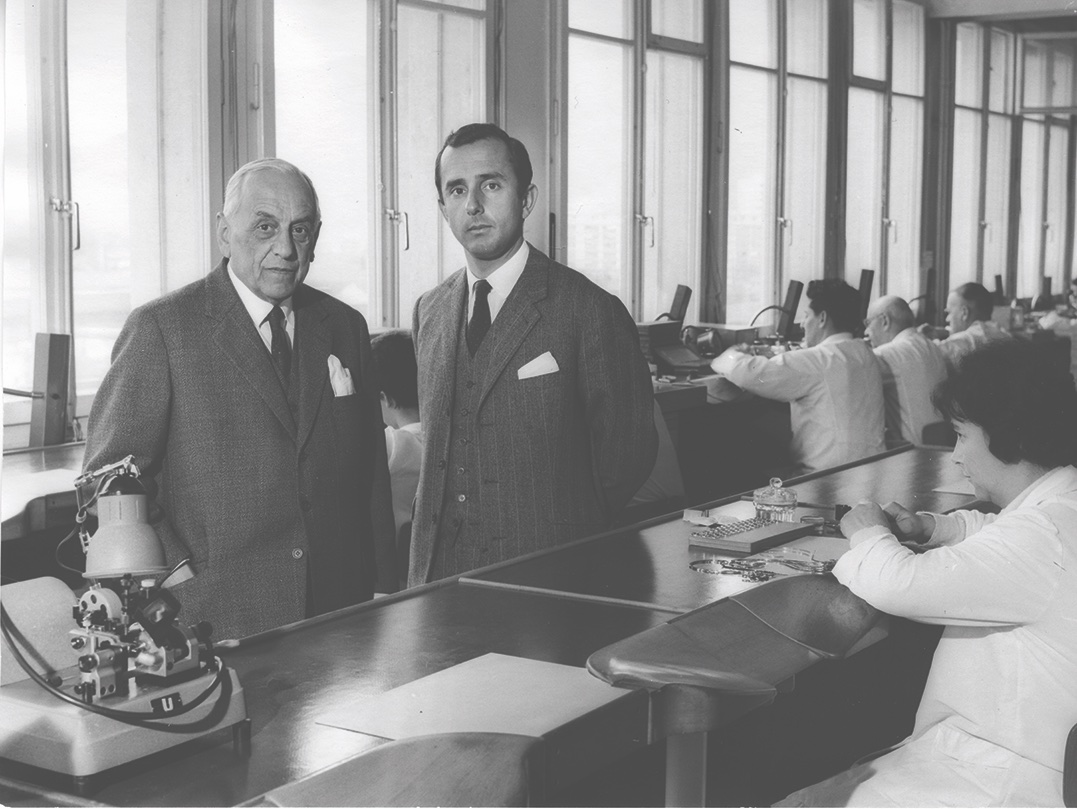
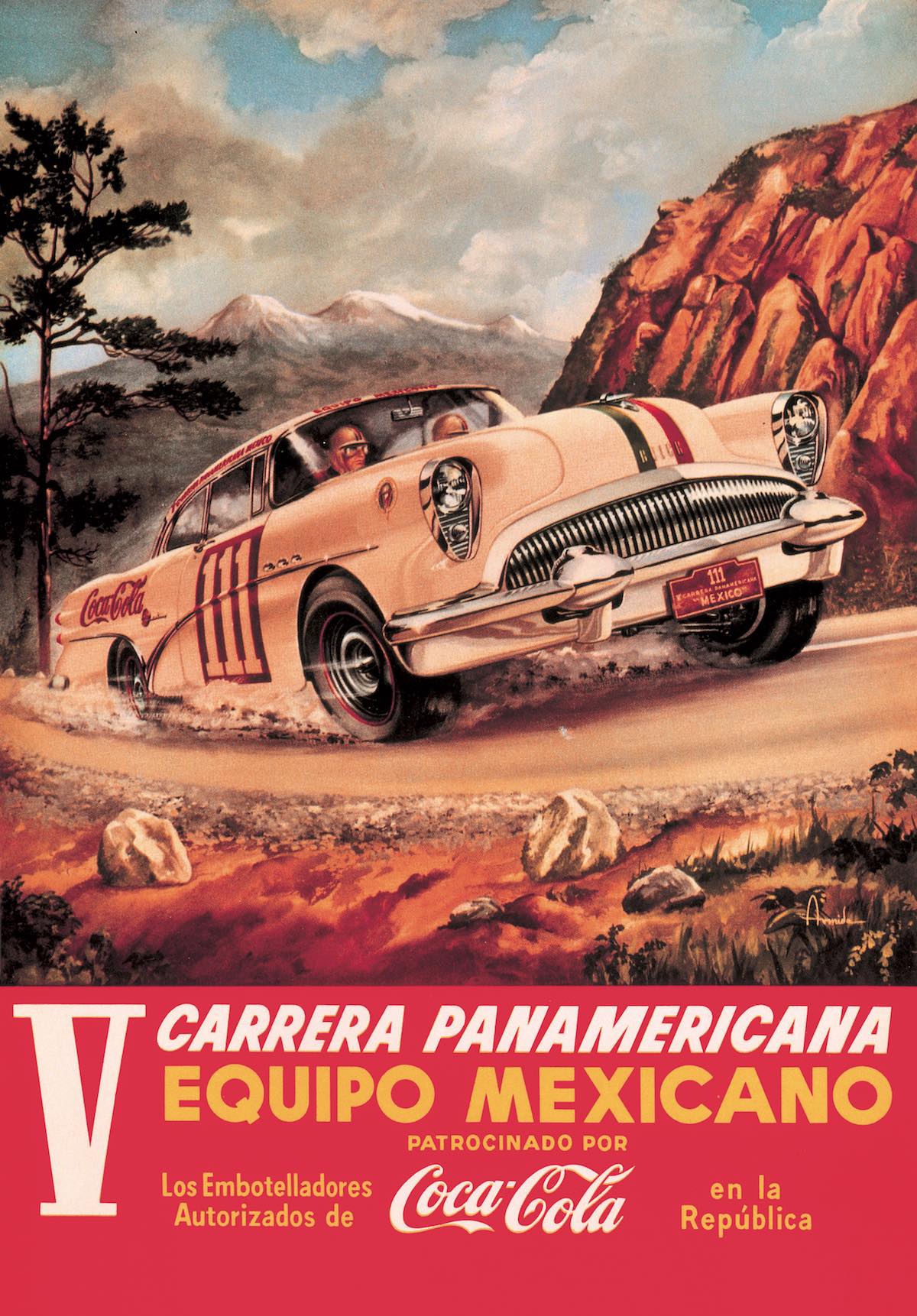
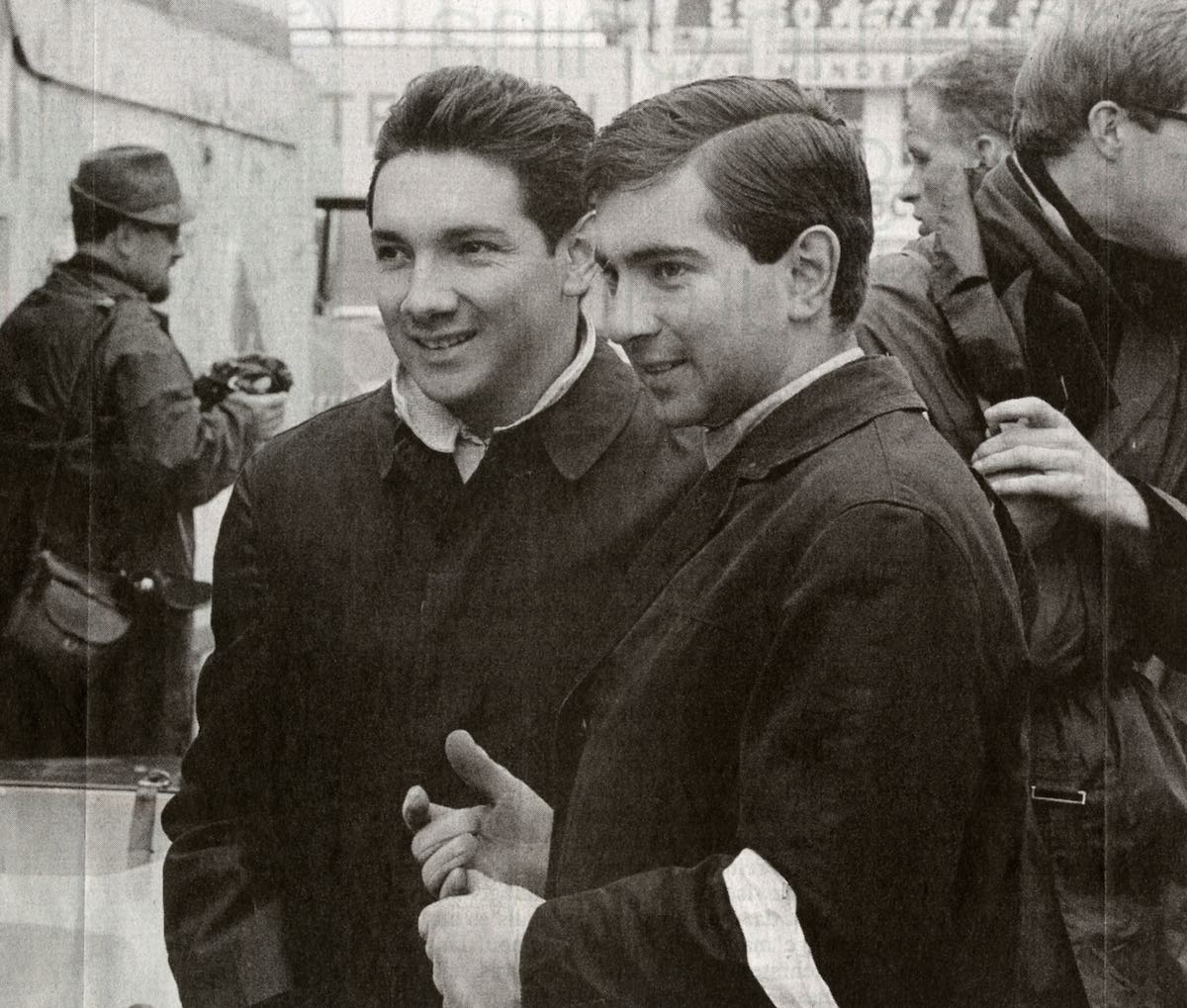

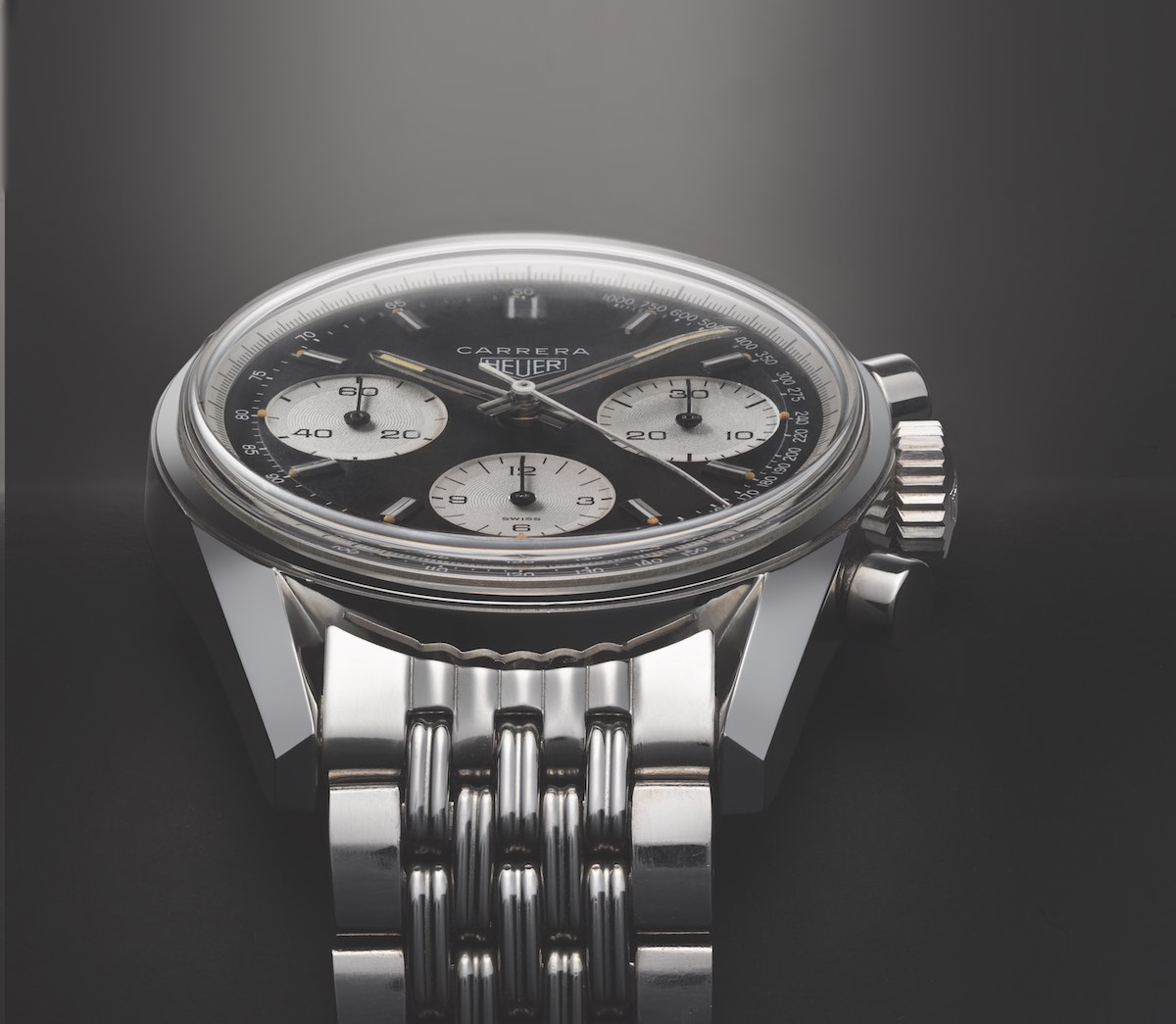
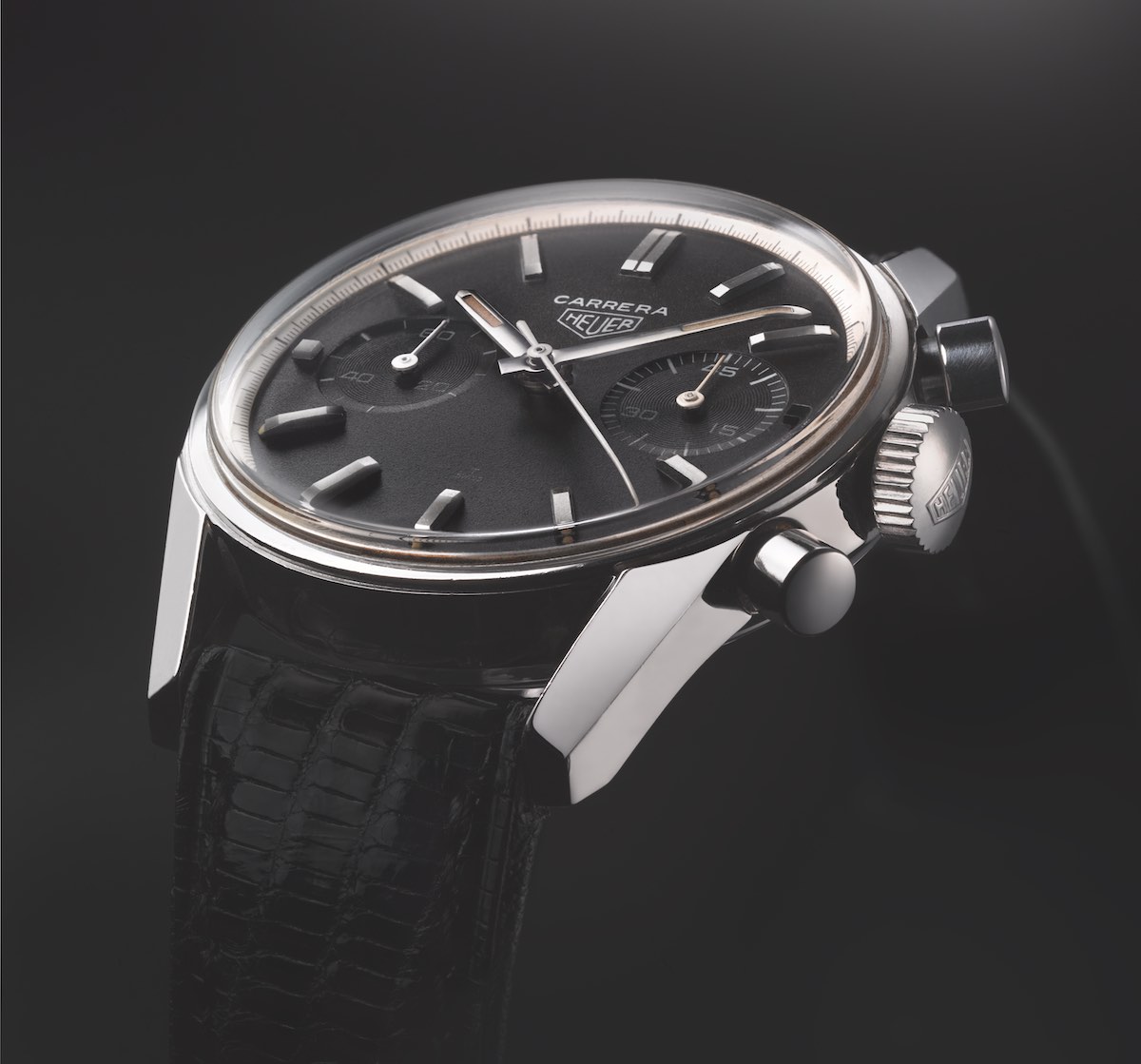
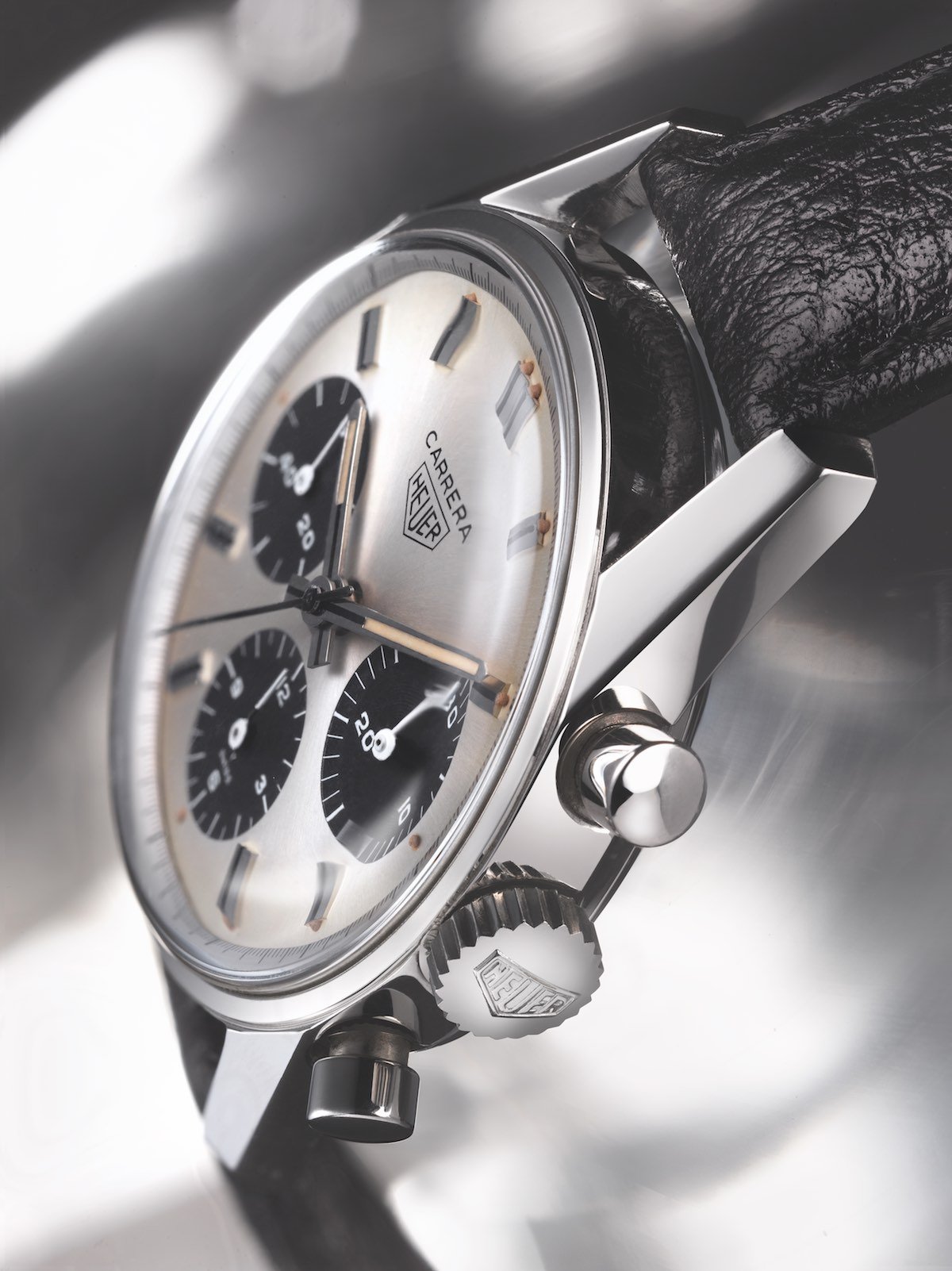
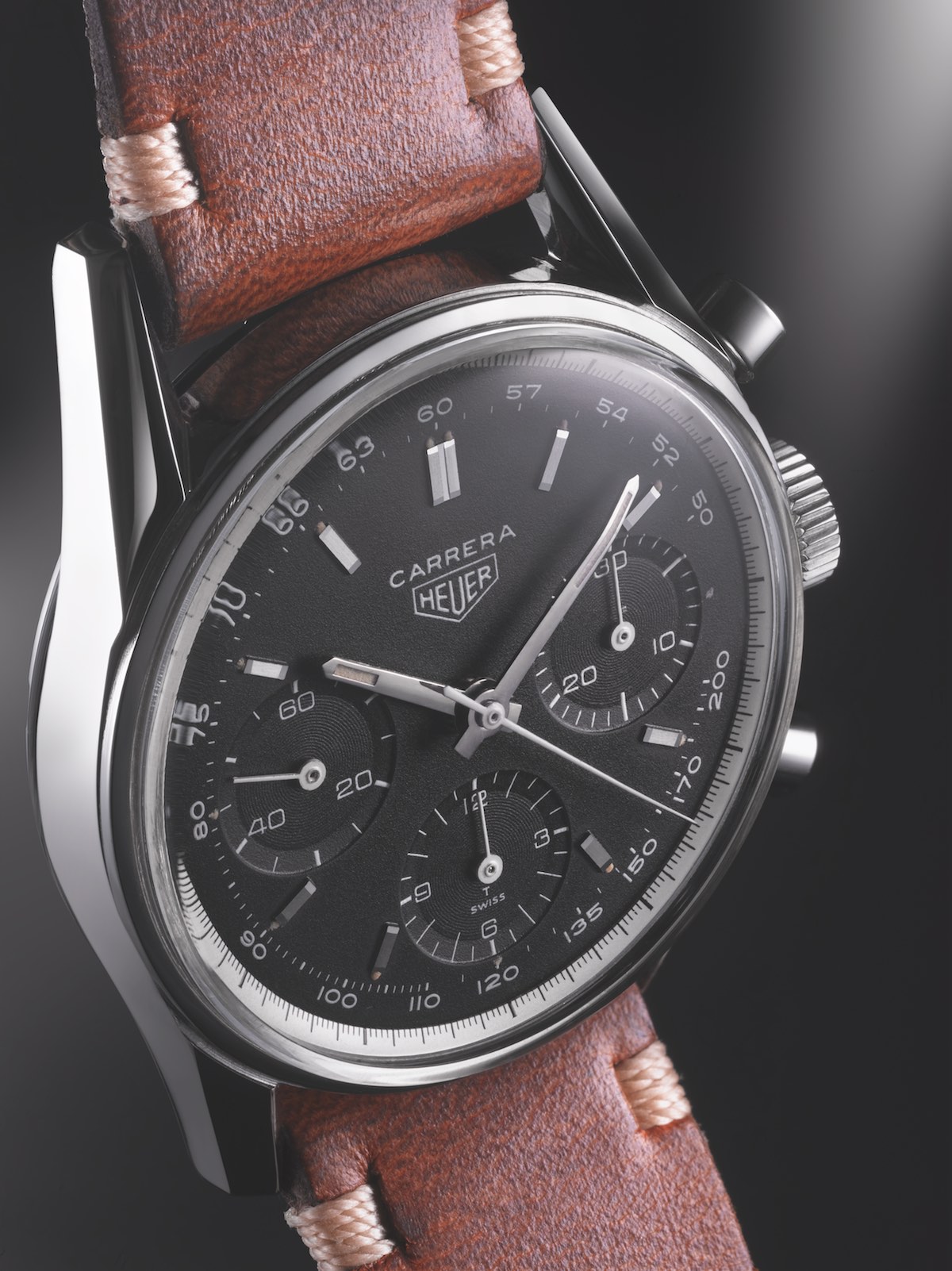
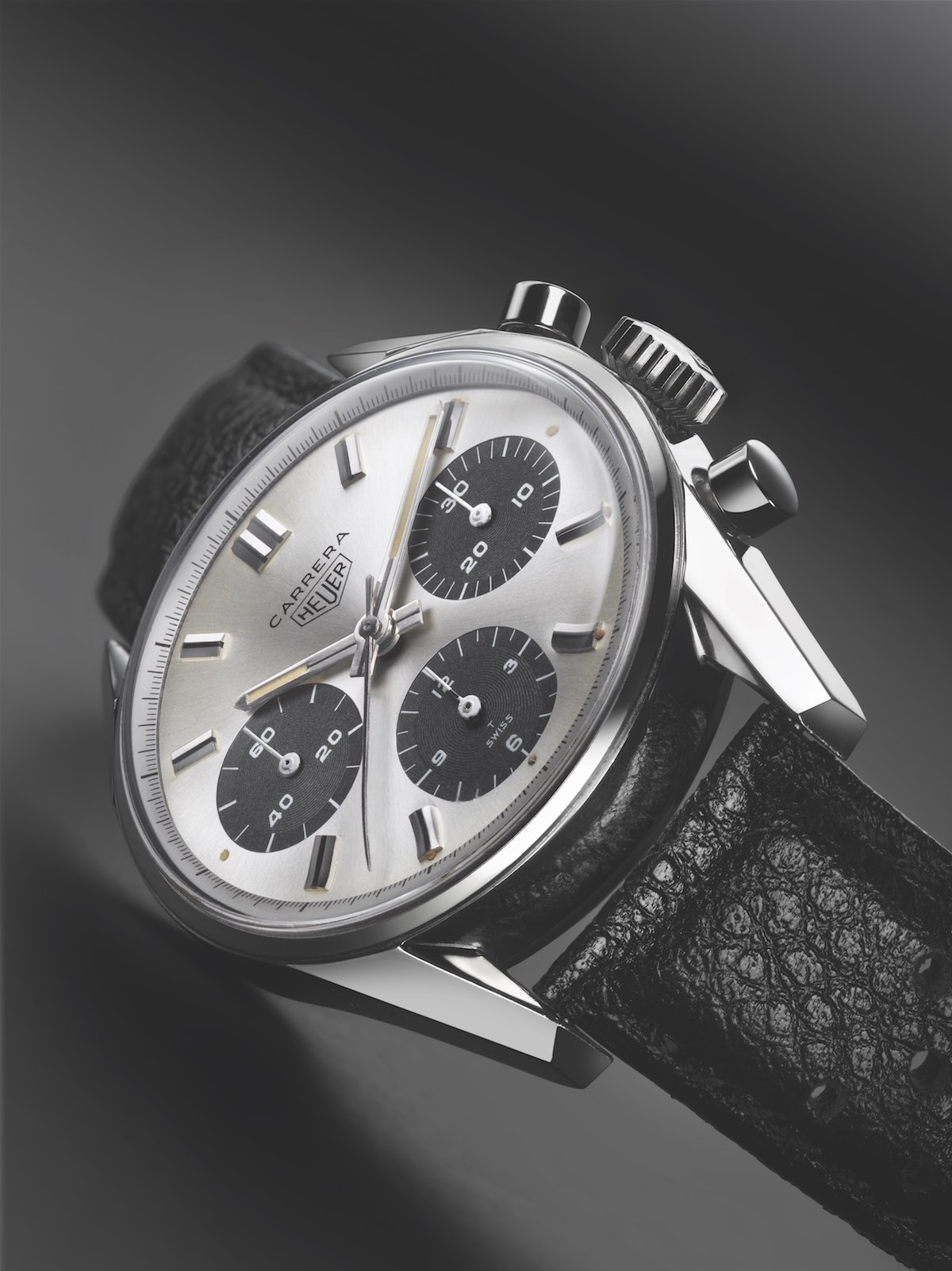
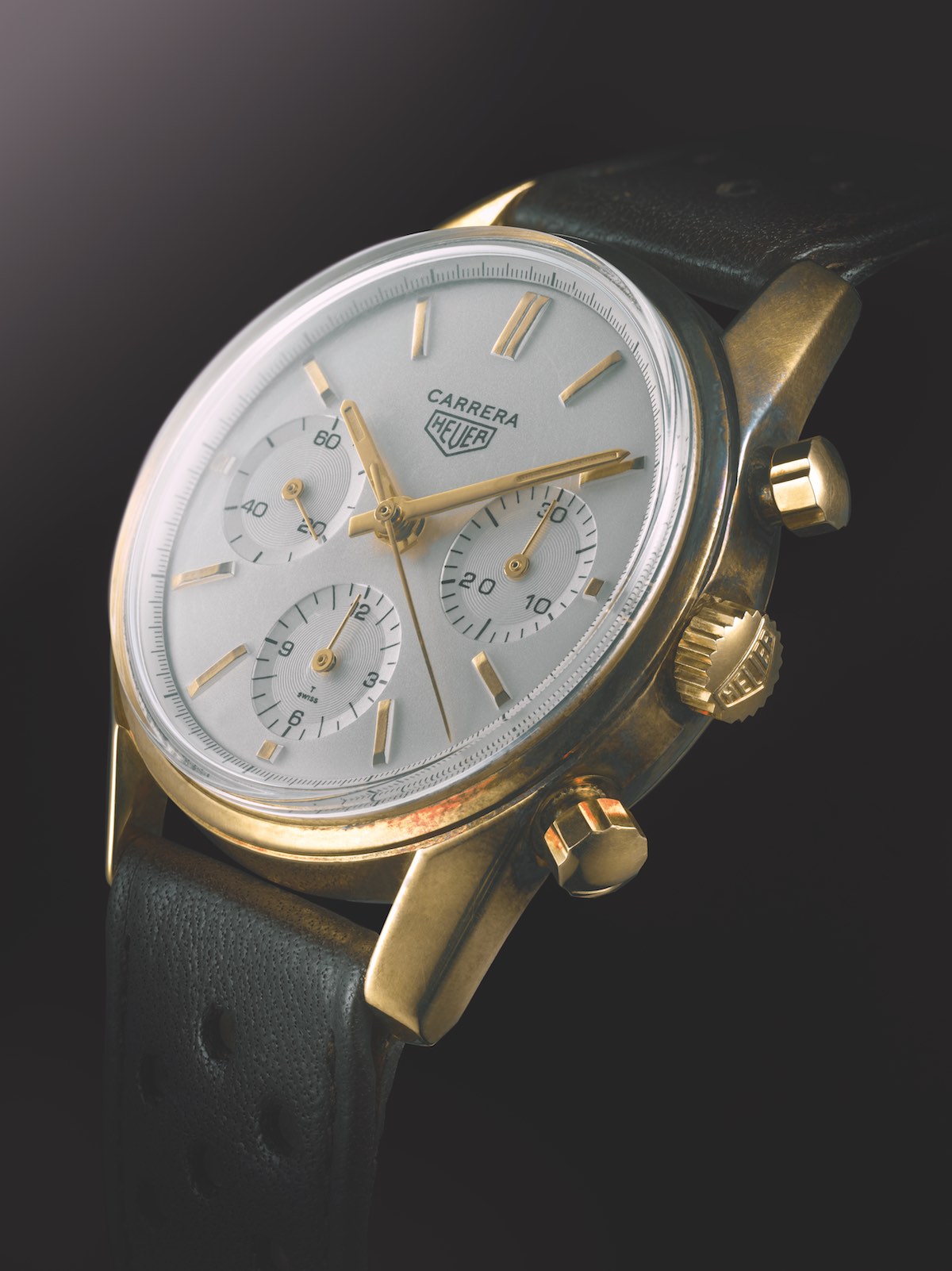
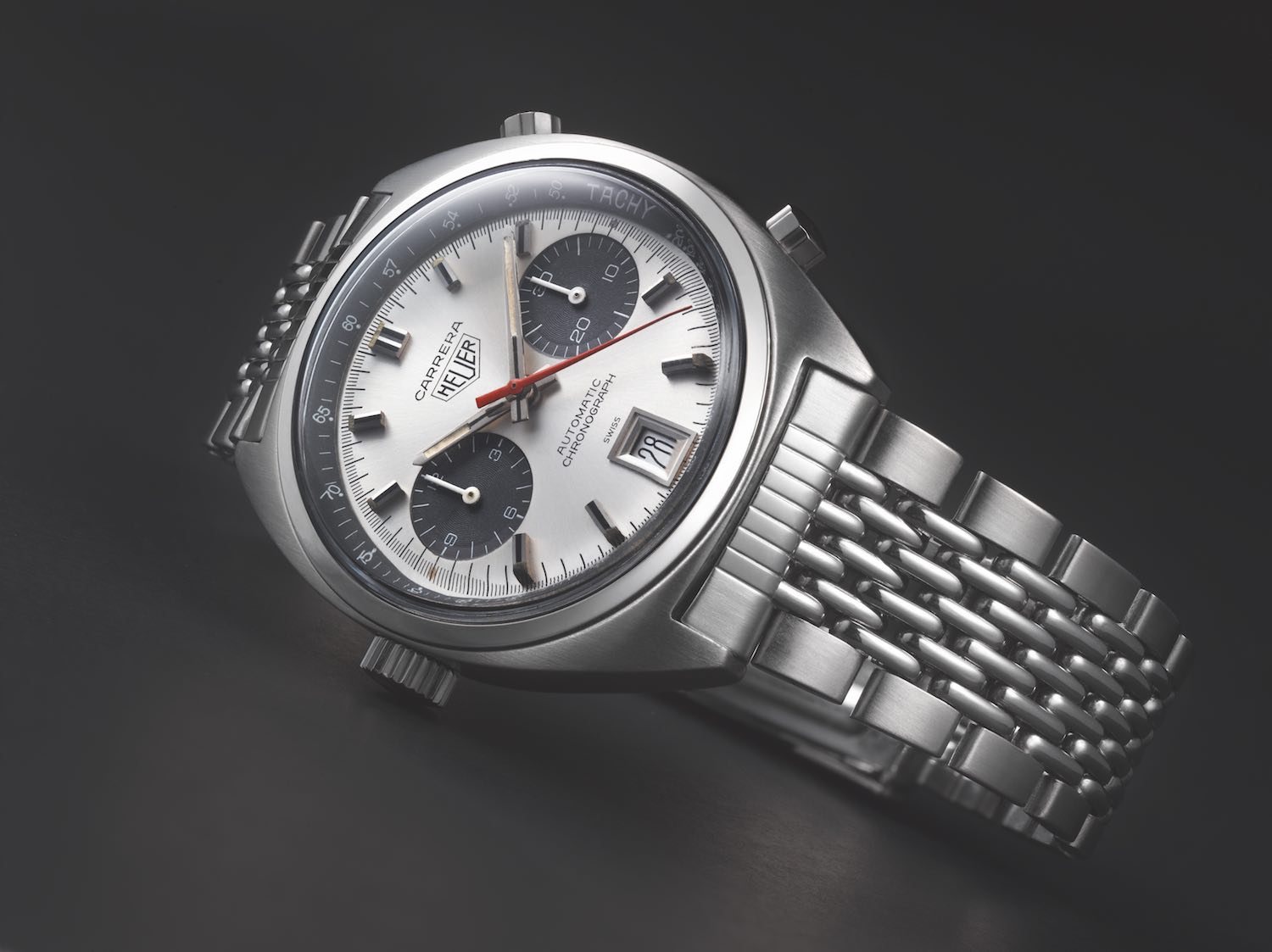
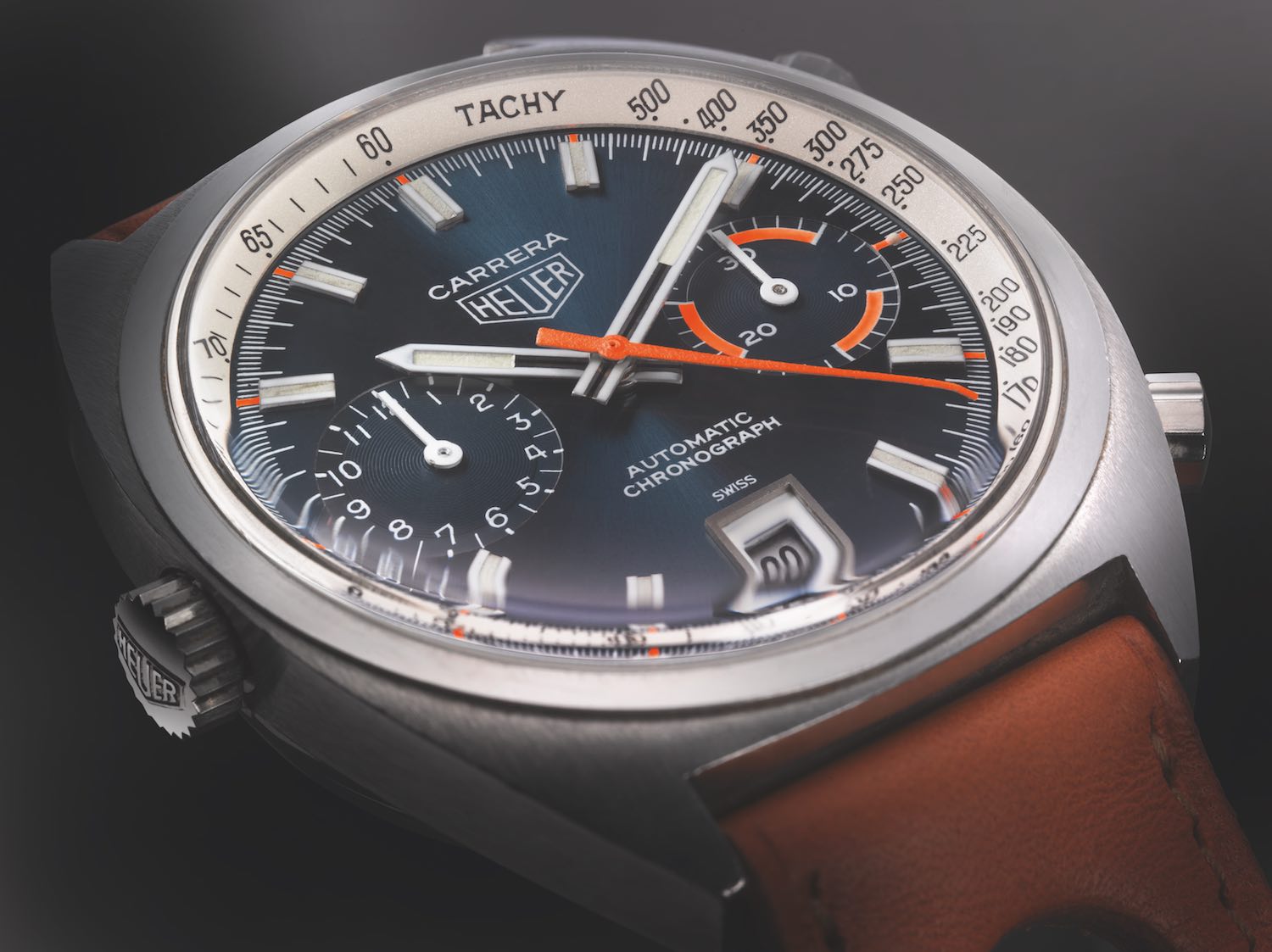
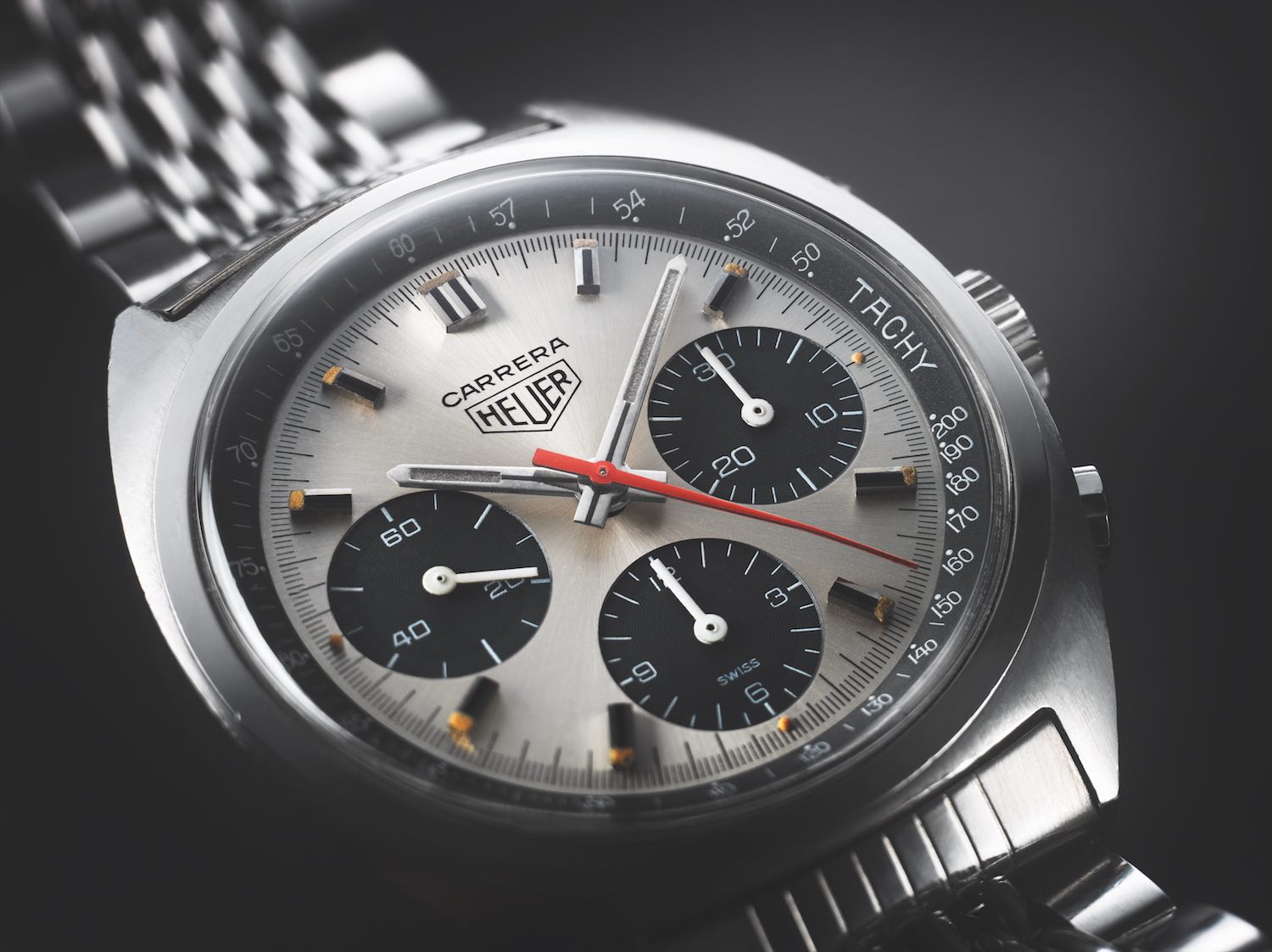
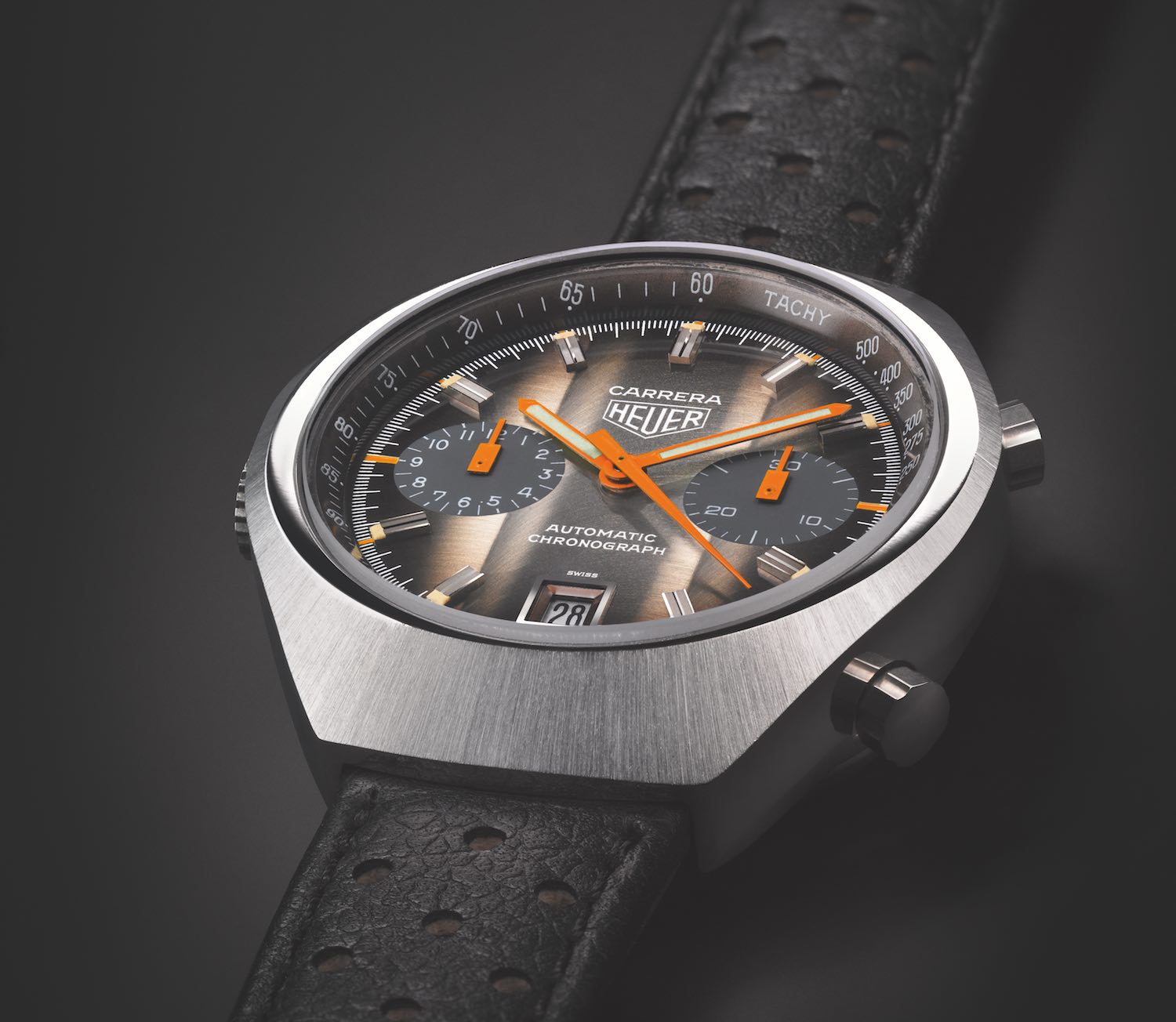
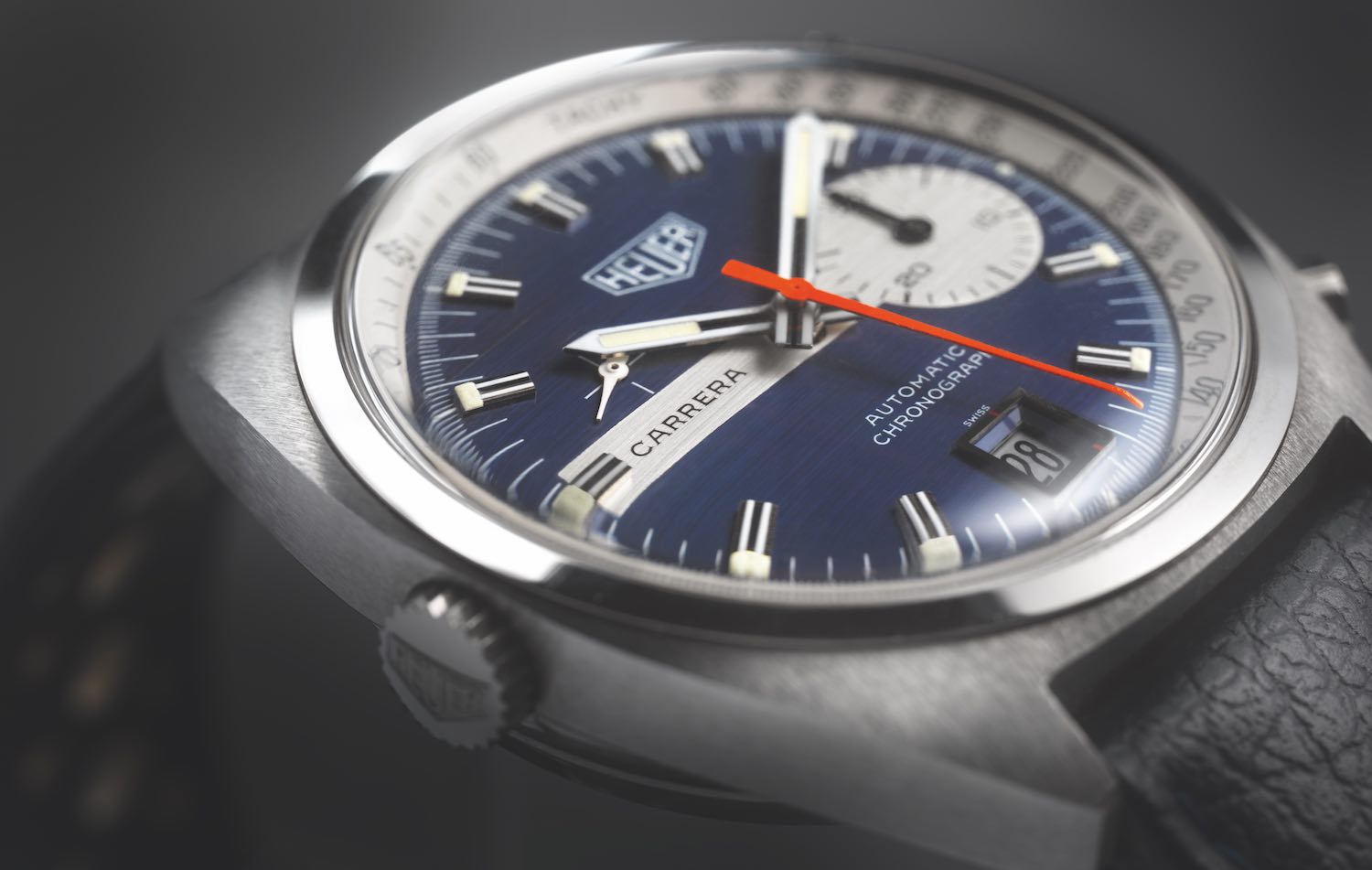
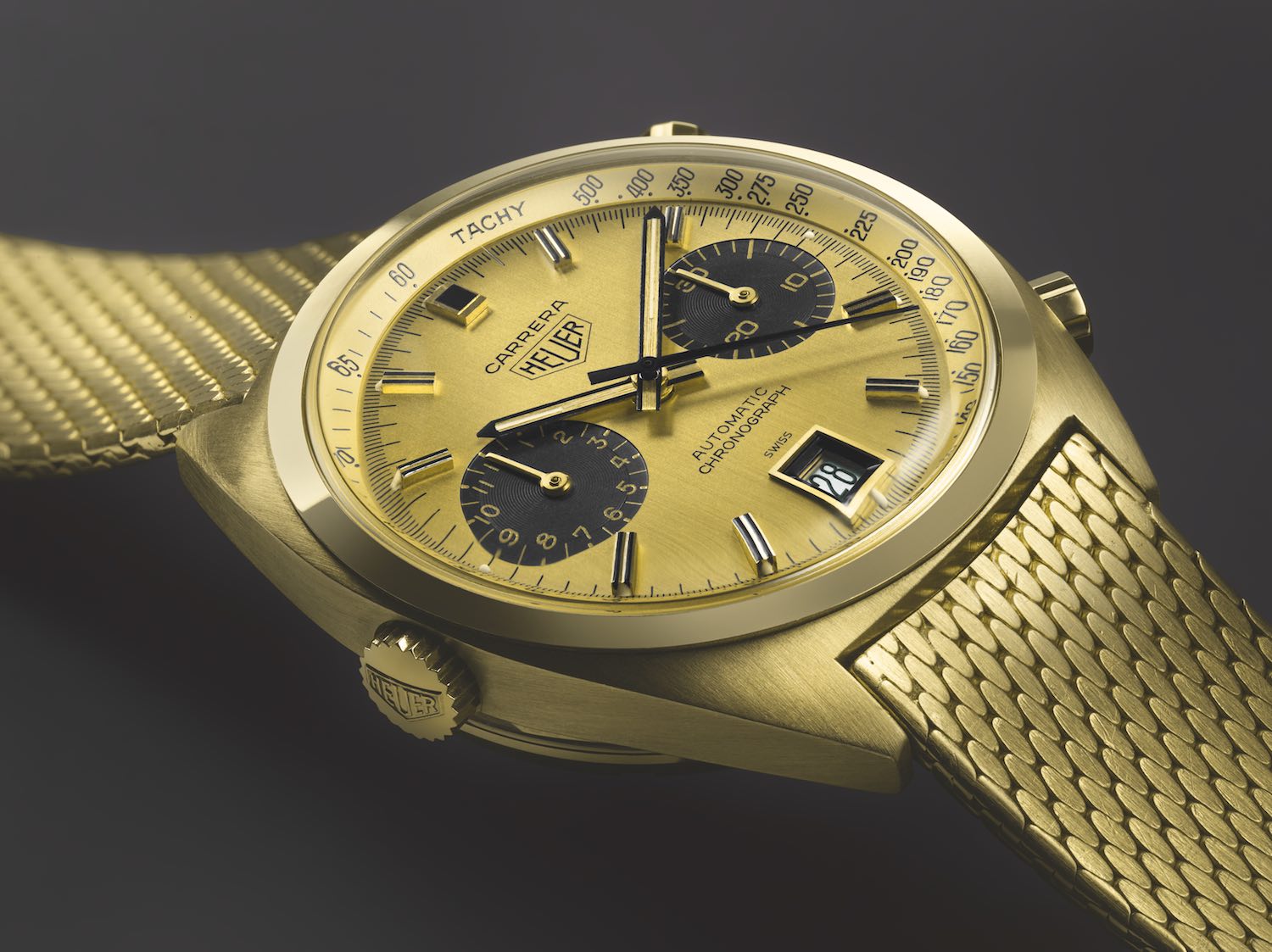

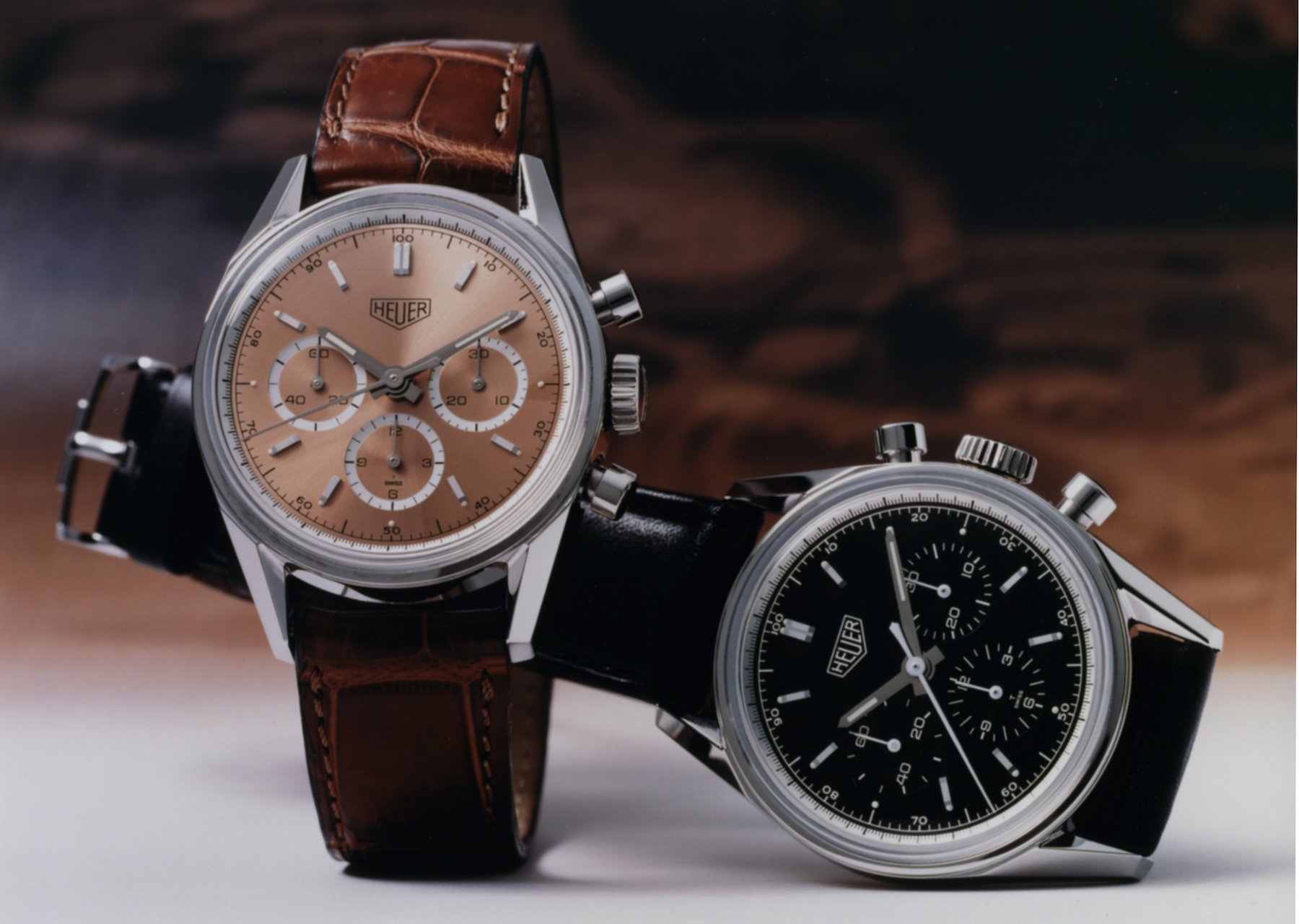
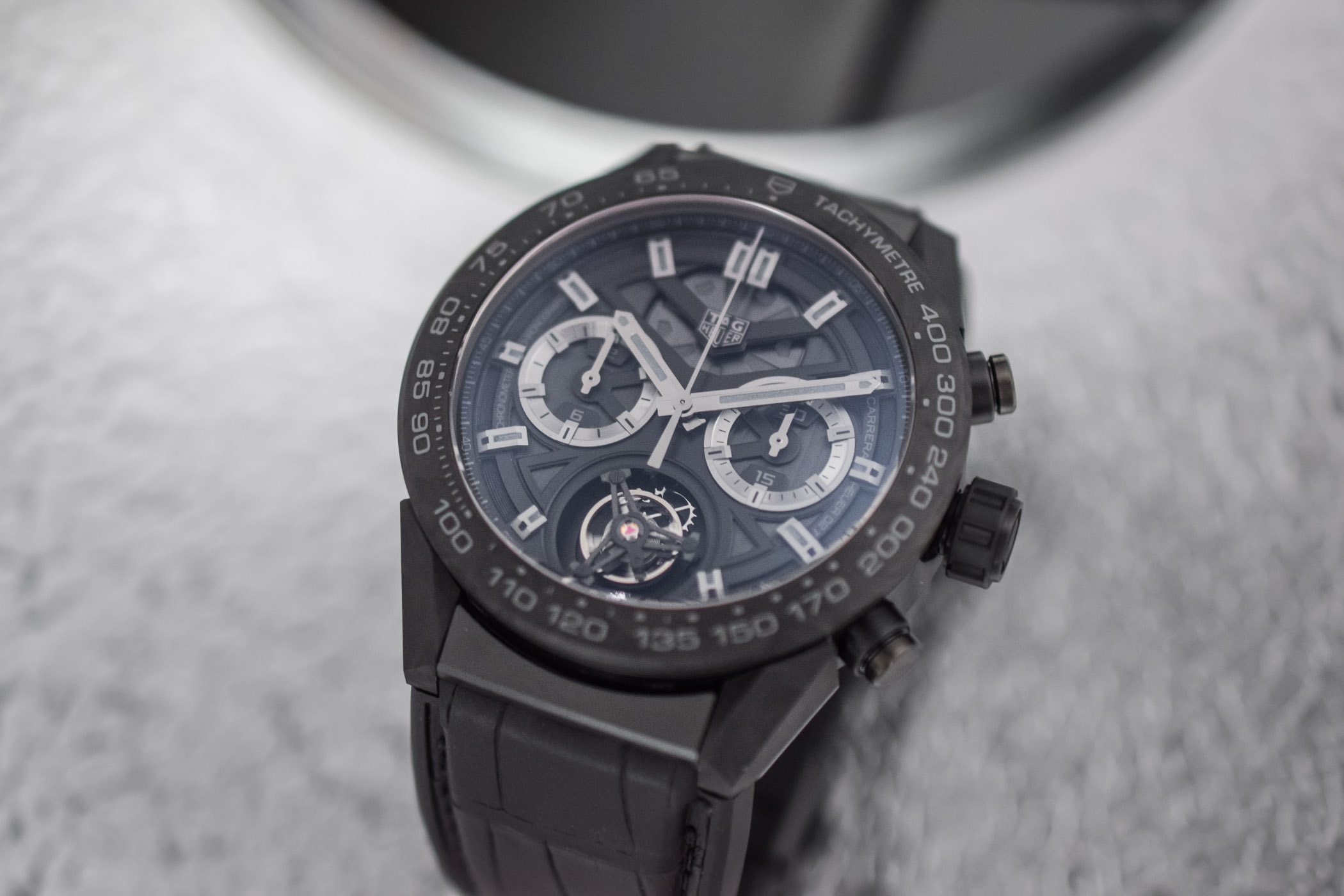
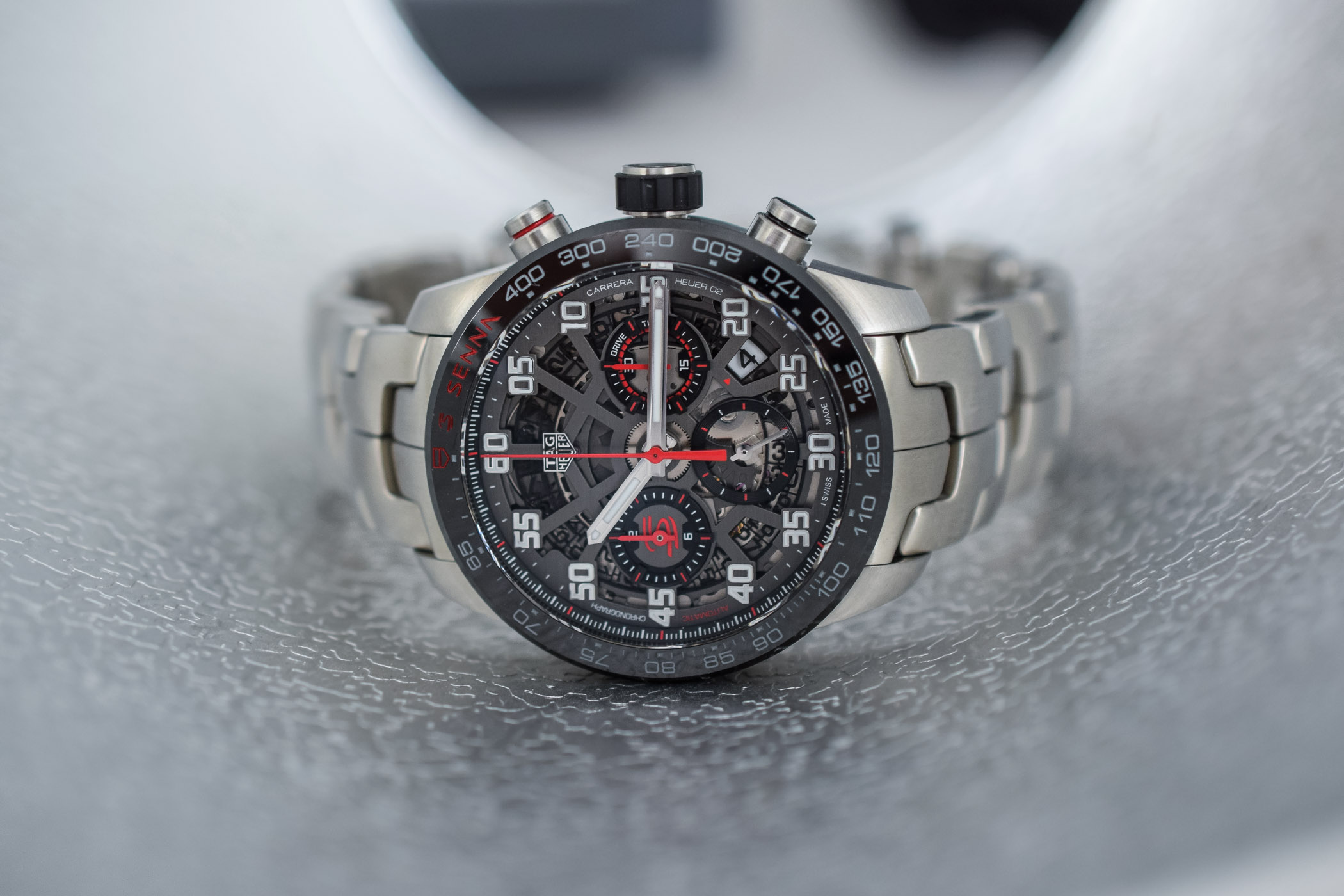
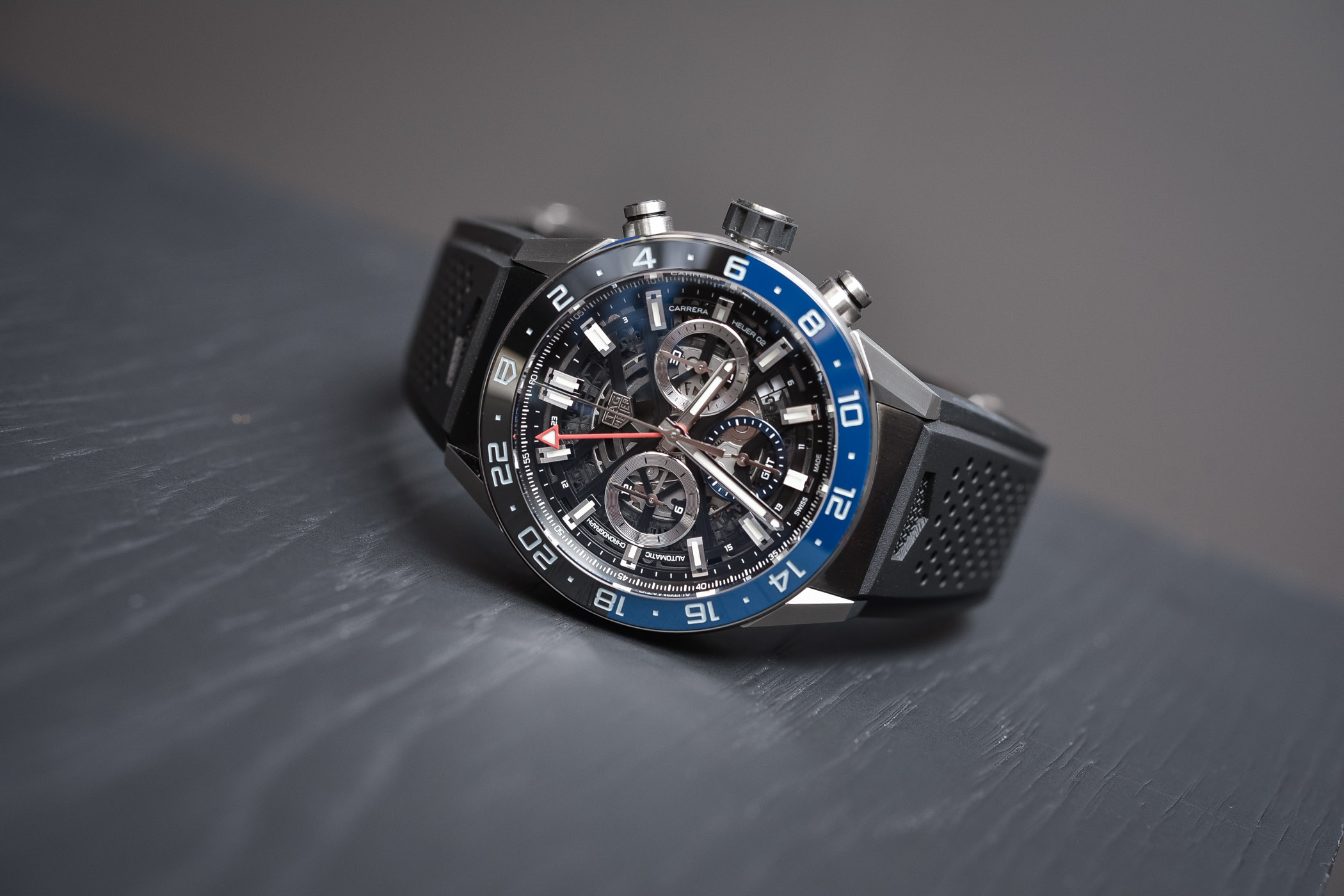




1 response
Thank you so much. I really appreciate this article and has given me so much information.
I do have a HEUR Carrera gold 18 k in my collection in mint condition.
Probably early sixties
Love to know what’s it worth?
ESHARC
Melbourne
Victoria
Australia